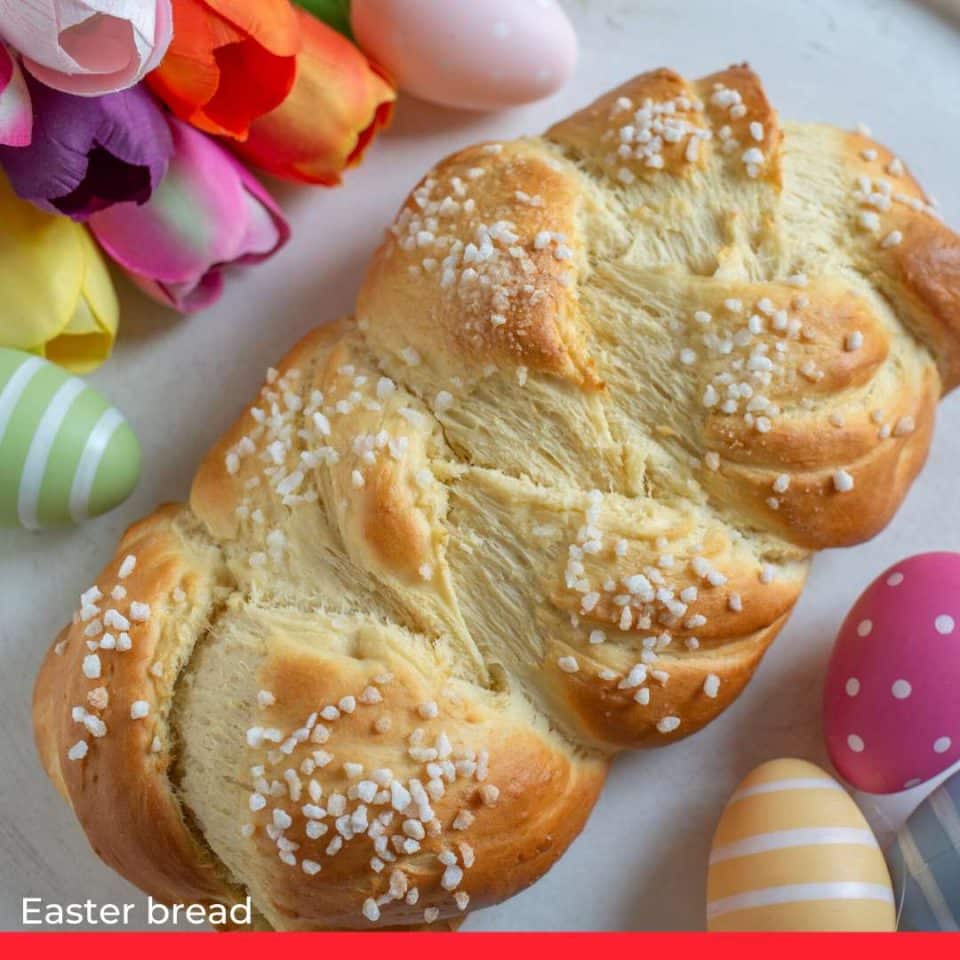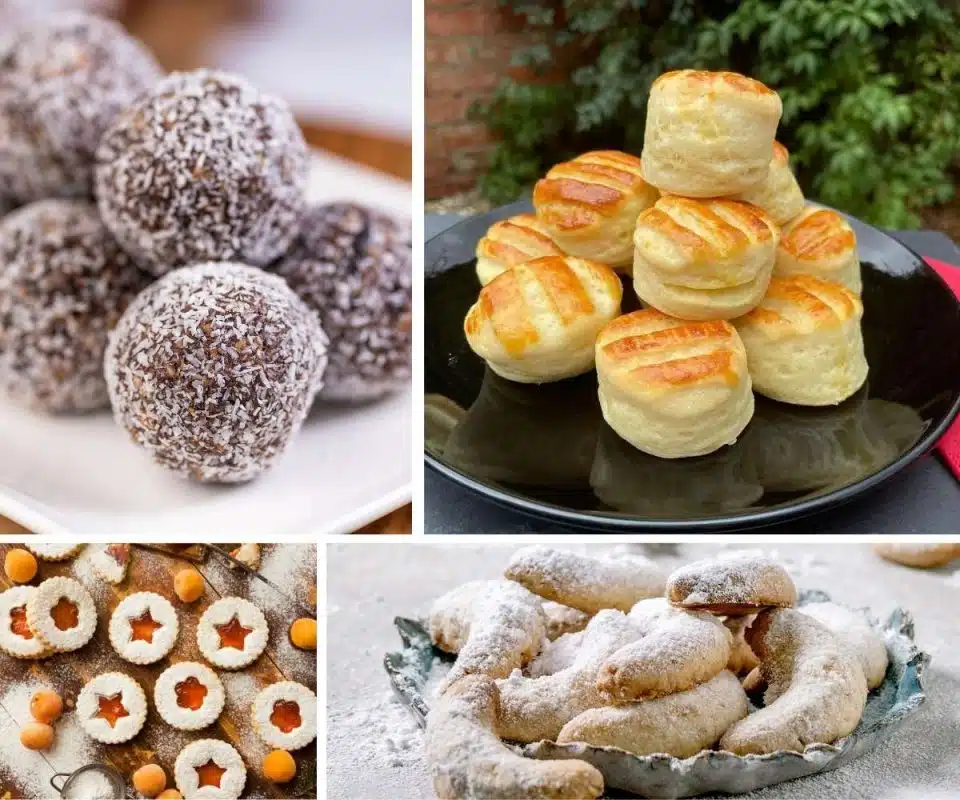Easter is one the biggest holidays in Hungary and food plays an important role in the local traditions and festivities.
Fasting is common for religious families in the weeks prior to Easter, which ends on the Good Friday, the last day of Lent. But on Holy Saturday, meat and other animal products are back on the table alongside traditions such as blessing the fire as a sign of hope.
Then comes Easter Sunday and Monday, the days of feasting and celebrating with long-held traditions such as decorating eggs. Another quaint Hungarian tradition is called “watering the girls”, when boys go around the village with a bucket of water soaking unmarried ladies. Today they are more likely to receive a spray of perfume – thank goodness.
Let’s have a look at some of the traditional dishes that grace the Hungarian table over the days of Easter.
Good Friday meals
For the last day of Lent, meals are meat-free and simple. Soup and pasta dishes are easy to prepare and go nicely with the Easter traditions.
1. Bean Soup

This traditional heartwarming soup is made from beans and vegetables, such as carrots and potatoes, and often has dumplings added. The color and flavor is achieved with paprika, onions, and garlic.
2. Egg Dumplings (Nokedli)

We often eat egg dumplings (nokedli) as a side dish, but it can also be served as a main course.
The dumplings are cooked in hot salty water, then they are mixed with beaten raw eggs, and once the eggs are cooked, it is served fresh and hot. It goes well with fresh salad or cucumber salad in vinegar.
3. Poppy Seed Pasta

Poppy seed-based desserts are the highlight of all major holidays in Hungary. Here, poppy seeds are mixed with sugar and poured onto freshly cooked pasta. It’s the perfect complement to a soup.
A popular alternative is the famous beigli, a Hungarian poppy seed roll that is simply amazing.
4. Fried Fish

In some regions fish was allowed on Good Friday, breaded and fried in hot oil and served with potato salad.
Easter Festivities
Easter Saturday meat blessing fire in church and using it to light candles. Ashes from the fire would be spread on the fields and under fruit trees to encourage a good crop.
On Easter Sunday the food itself was blessed. Baskets of eggs, ham, horseradish, lamb, and bread or challah would be brought to church to receive a blessing, and any crumbs or bones leftover would be spread around houses, animals, and even people, for protection.
5. Easter Ham

One of the most traditional Hungarian Easter foods is ham, usually smoked. It is served in a variety of ways, including filled with eggs or covered with bread.
6. Ham Rolls

Guest visit during Easter and they need to be greeted with a cold platter. An essential part of this is the traditional ham roll – sliced ham stuffed with a cream made with eggs.
7. Horseradish

No Easter ham can be served without horseradish. In the past, they ate the root dipped in blessed salt. Today, it is served as a dip or thick sauce to go alongside cold meat.
8. Easter Eggs

Painting and decorating eggs is a very traditional pre-Easter Hungarian activity. The eggs are often red, symbolizing new life or, according to the Christian explanation, the blood of Jesus.
Usually, hardboiled eggs are decorated, but some still blow out the egg and decorate the delicate shell.
9. Deviled Eggs

Another essential item for the cold platter is stuffed eggs (i.e. deviled eggs). The eggs are hard boiled and cut in half, the yolks are removed and mixed with mayonnaise, salt, and pepper. The resulting mix is then stuffed back into the egg. Delicious!
10. Hungarian Easter Cheese (Sárga Túró)

This is very traditional Hungarian dish prepared for Easter, especially in the East of the country.
It is a sweet dish made with milk and lightly beaten eggs that is boiled until it has the texture of cottage cheese (hence the name). Some like to enrich it with cinnamon or raisins.
11. Hungarian Easter Bread (Kalács)

Kalács has Jewish origins and is popular food in Eastern Europe. It is a yeast-based bread enriched with eggs and is popular at both East and Christmas.
It is baked in the shape of a braid and served with ham, horseradish, and eggs.
12. Roast Lamb

Lamb is symbolic of Easter, and roast lamb is a popular choice for the Easter table. Covered in a salt-based marinade, it is baked until crispy on the outside and soft inside.
Rosemary gives a special flavor to this delicious dish.
13. Veal Steak

Veal steaks are breaded and fried and served with fries or mashed potatoes, salad or steamed vegetables, or pickles.
The recipe is very similar to the famous Wiener Schnitzel, which is not all that surprising given Hungary and Austria’s strong historical and cultural connections.
14. Pálinka

Last but not least, we come to the drinks that lift the spirit to match the occasion. Pálinka is served as a shot and next to Hungarian sweet wine, it is probably the most well-known traditional Hungarian drink.
It comes out on any festive occasion, when you can choose from a plum, cherry or apricot pálinka, or even walnut or grape. Word of caution: Pálinka is quite strong so make sure not to have more than one or a couple shots.
15. Eggnog

If pálinka is to strong for you, this smooth liquor might be more to your liking. You might be more familiar with this at Christmas, but here, as it is egg based, it is a staple at Easter too.
Related: Most Popular Hungarian Desserts

Related: Popular Hungarian Cookies

The post 14 Most Popular Hungarian Easter Foods appeared first on Chef's Pencil.
from Chef's Pencil https://ift.tt/e1Y8fr4
via https://chefsspenncil.blogspot.com

No comments:
Post a Comment